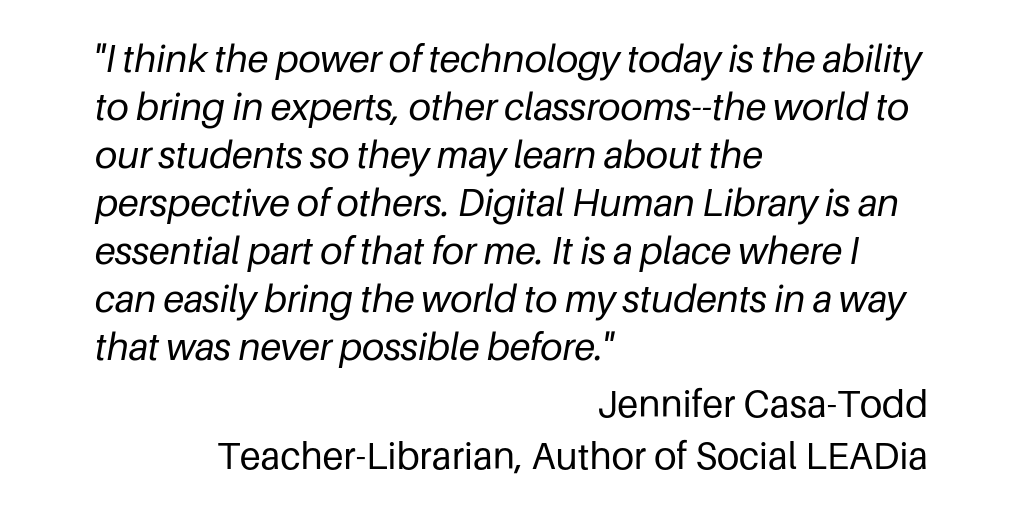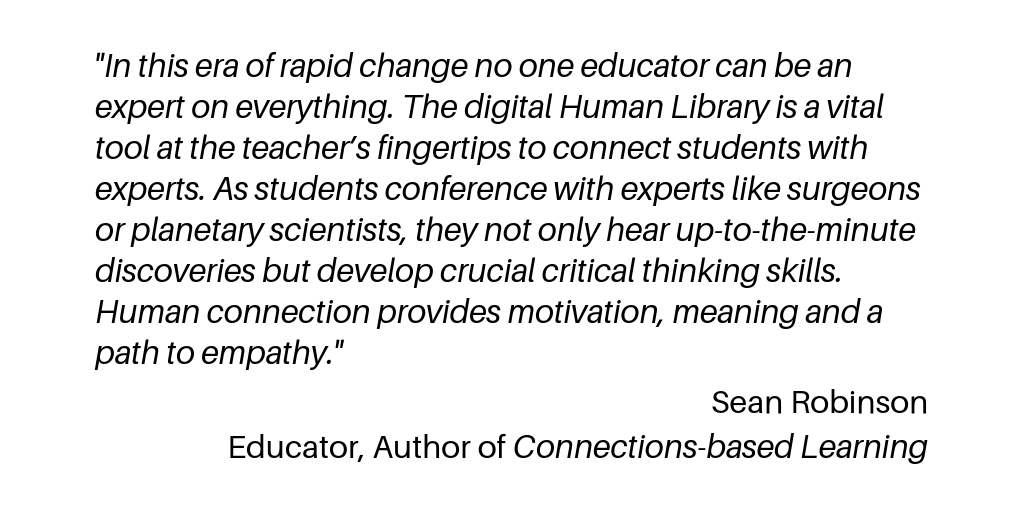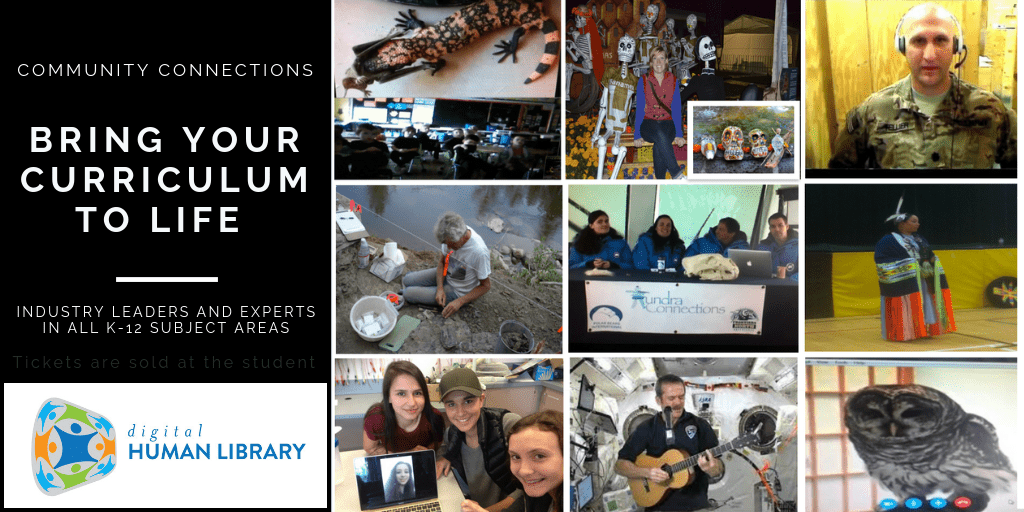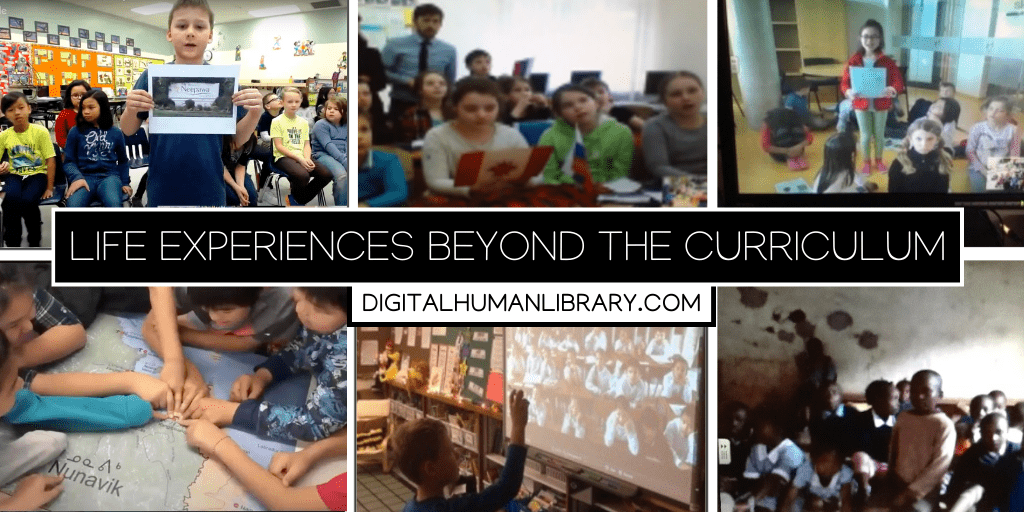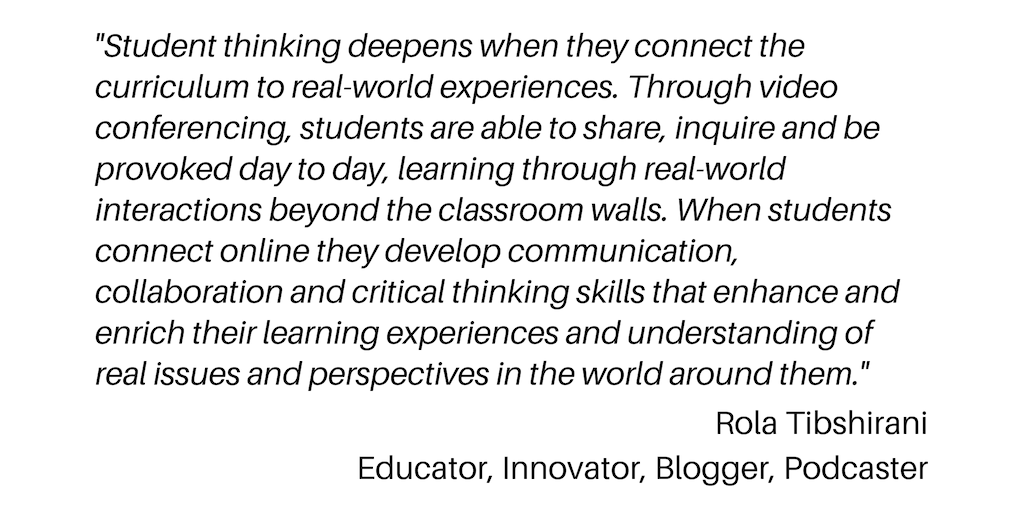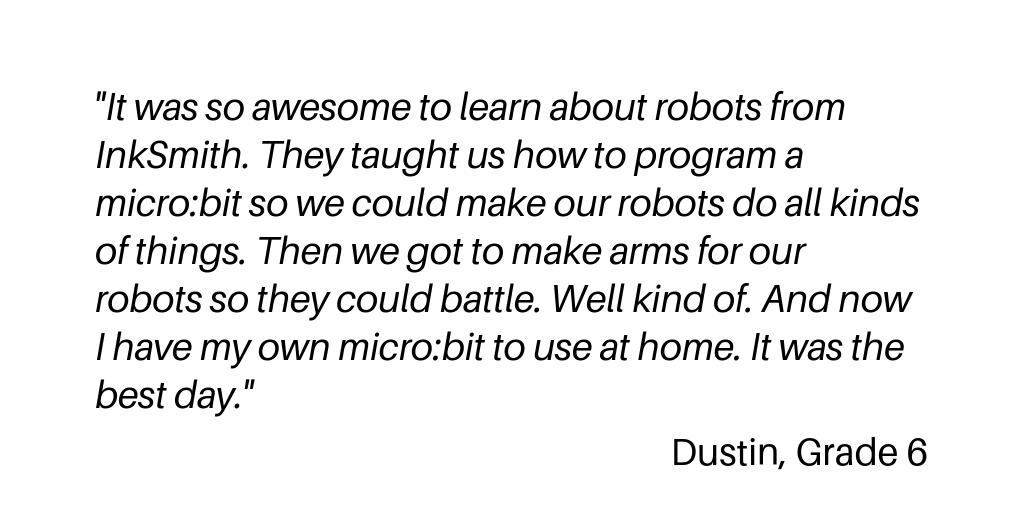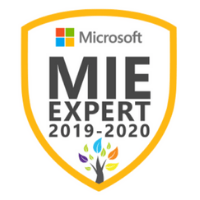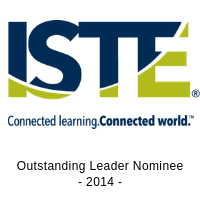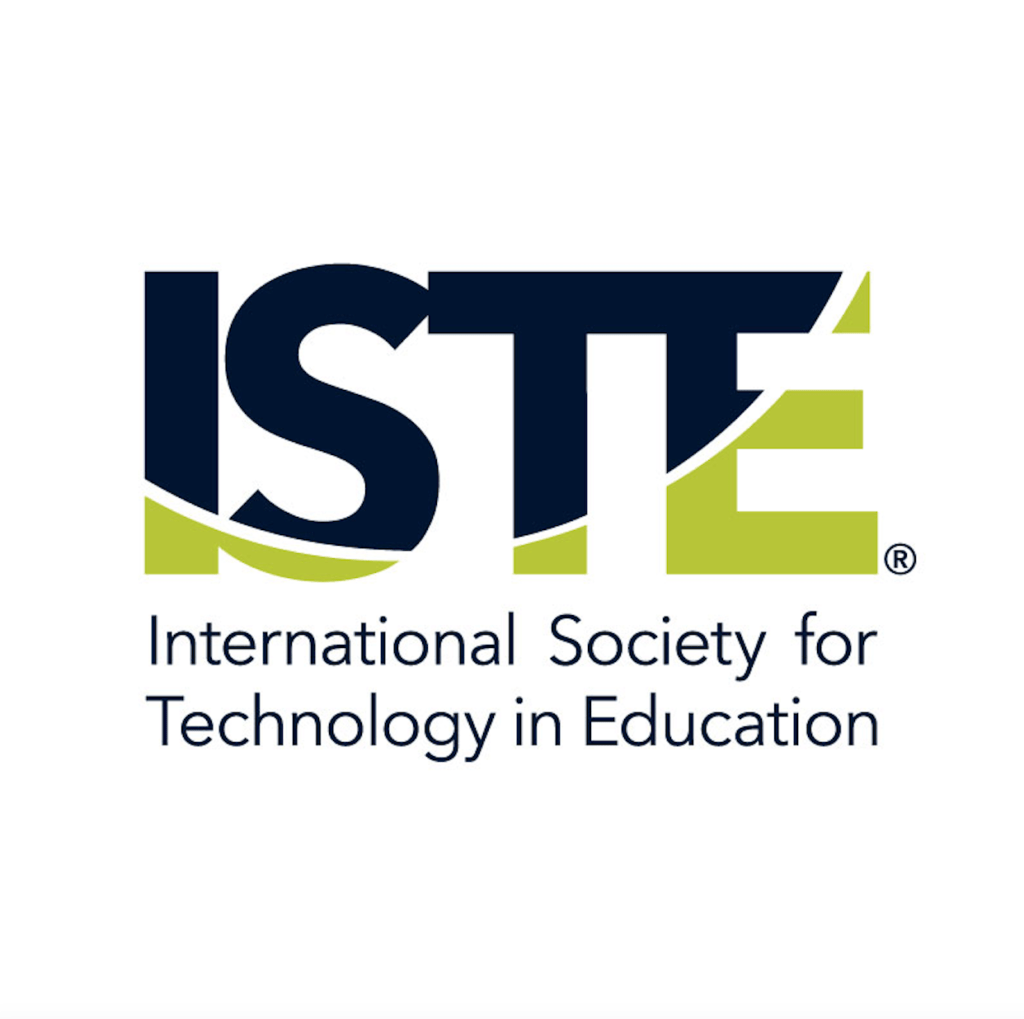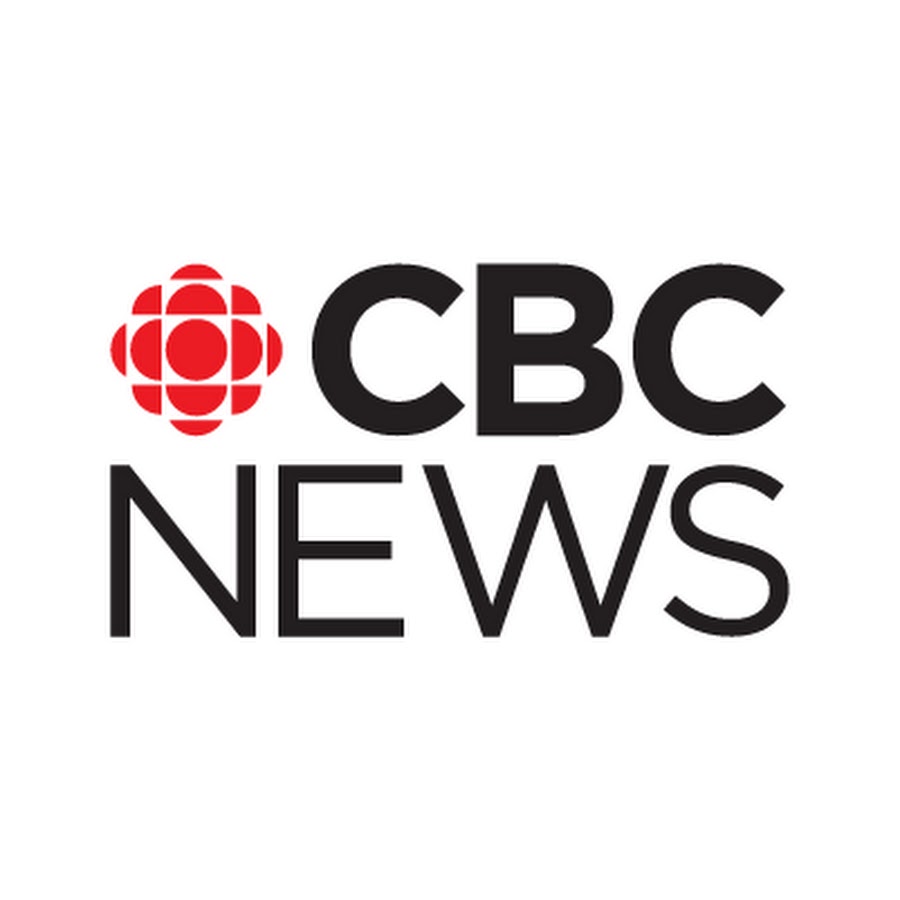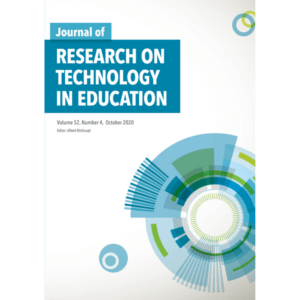With the impact technology has on our lives, teachers decide how that technology might fit into the classroom. That kids that have been told to turn off their iPads or smartphones during class is a fading trend. Now, students will be asked to turn them on.
Bring Your Own Device
“For us not to acknowledge that children are living with all of the iPads and smartphones and not to incorporate it into our teaching, I think, would do a disservice”, said Ellen Chambers, Thunder Bay’s local president for the Elementary Teachers Federation of Ontario.
Principal of McKellar Park Central Public School, and chair of the Lakehead school board’s information technology committee, A. J. Keene prompted wireless internet activation in 10 elementary schools to launch a Bring Your Own Device (BYOD) program.
The board wants to take advantage of pervasive smart device use and cater it to teaching students digital responsibility. As more educators use social media and technology, Keene said that it’s important to “show students how to use tools like Facebook and Twitter responsibly.”
“There’s a way to conduct ourselves and to act”, added Keene. Despite the potential and accessibility of these devices, teachers have a significant role to play in showing students the right ways of dealing with the technology.
The board plans on giving teachers comprehensive training on how to integrate the BYOD program into their classrooms.
“Knowing that the board will be training,” said Chambers, “will allay a lot of teacher’s concerns.” Chambers will offer a voice on how the program will work, and address some of the risks. Still, she views it as the “next step in teaching.”
Chambers stressed that schools will loan devices to students without them.
The board expects to run the program through all of its schools by the 2014 school year.
Tablets at St. Andrews
Founded in 1899, and based in Aurora, Ontario, St. Andrews is an all-boys boarding school that teaches 600 boys from grades five to 12. The school was a late adopter to laptop programs that began in 2002. But with the help of Steve Rush, computer science teacher and IT director at St. Andrews, the school has implemented a tablet strategy, offering tablets to classrooms starting in grade five.
“We have great teachers and we didn’t demand that they implement the devices”, said Rush. “We let it grow organically.”
In an article published in the CIO magazine, Rush described St. Andrew’s tablet strategy, and how the school uses tablets in (and occasionally outside) the classroom.
Though laptops were quickly adopted in English and history classes, Rush said, it didn’t work in others like Math, where the teachers can’t type during class. He added that laptops don’t bring students and teachers closer together. The way we hold devices creates a different kind of body language, and a laptop screen “is often a real barrier between people”. With tablets, students can just flip them down.
Rush went into how tablets take better advantage of OneNote – Microsoft’s Office best-kept secret, in his opinion – with digital ink.
“Teachers felt guilty having students buy a textbook and only using a few chapters”, he said. So, teachers gathered information from various sources and compiled it into a virtual textbook, offered it to students, students then took notes by hand and adjoined it directly to the source material. “Students build on these books with the notes they take in class.”
Kids are still kids. Rush said that students are occasionally caught playing games or browsing the web during class. “We try to treat it like any professional environment and ask that they respect the rules.”
But, Rush doesn’t want to limit what students can do with these devices. It’s important, Rush said, to have tablets equipped with a good graphics card that will allow them to enjoy high-quality gaming (for recess), and to use multimedia (for studying). He encourages students to treat their tablets as both personal devices and professional devices.
It’s a great way to attract potential students and their parents.
“The future is tablets. Nothing I’ve rolled out since 2003 has been adopted as quickly by teachers as this technology.”
To see St. Andrew’s tablet strategy in full, you can visit their site here.
Sources
Shick, S. (October 2011). Tablets in the enterprise: some teachable moments, CIO Canada. Retrieved from: http://bit.ly/17Mp2UF
Ireland, N. (2013, August 22). Students encouraged to bring smartphones, tablets to class, CBC. Retrieved from: http://bit.ly/1gJGkva
This post is also available in: English (Anglais)



